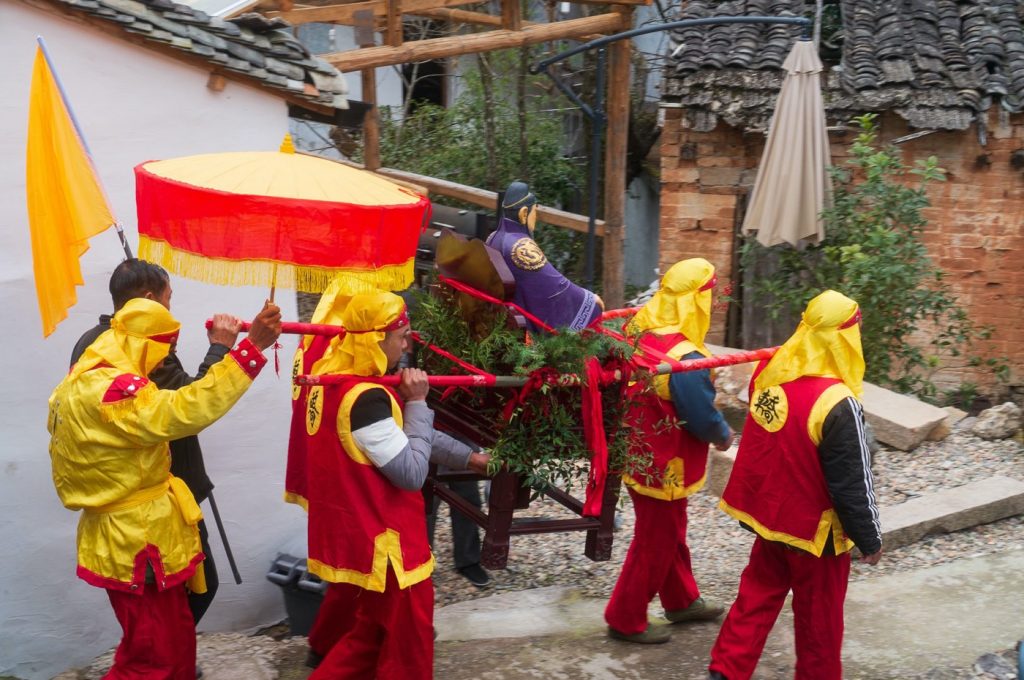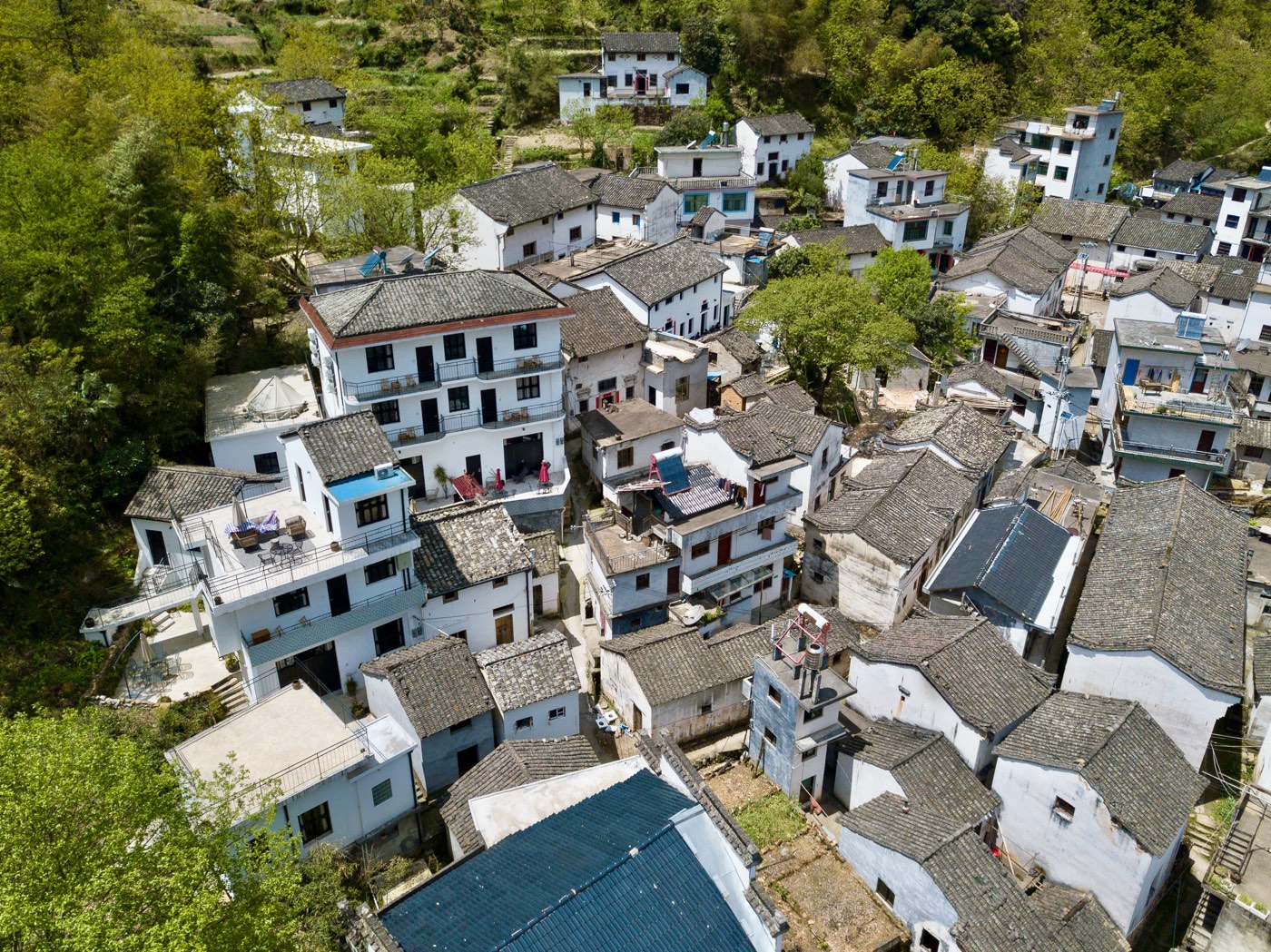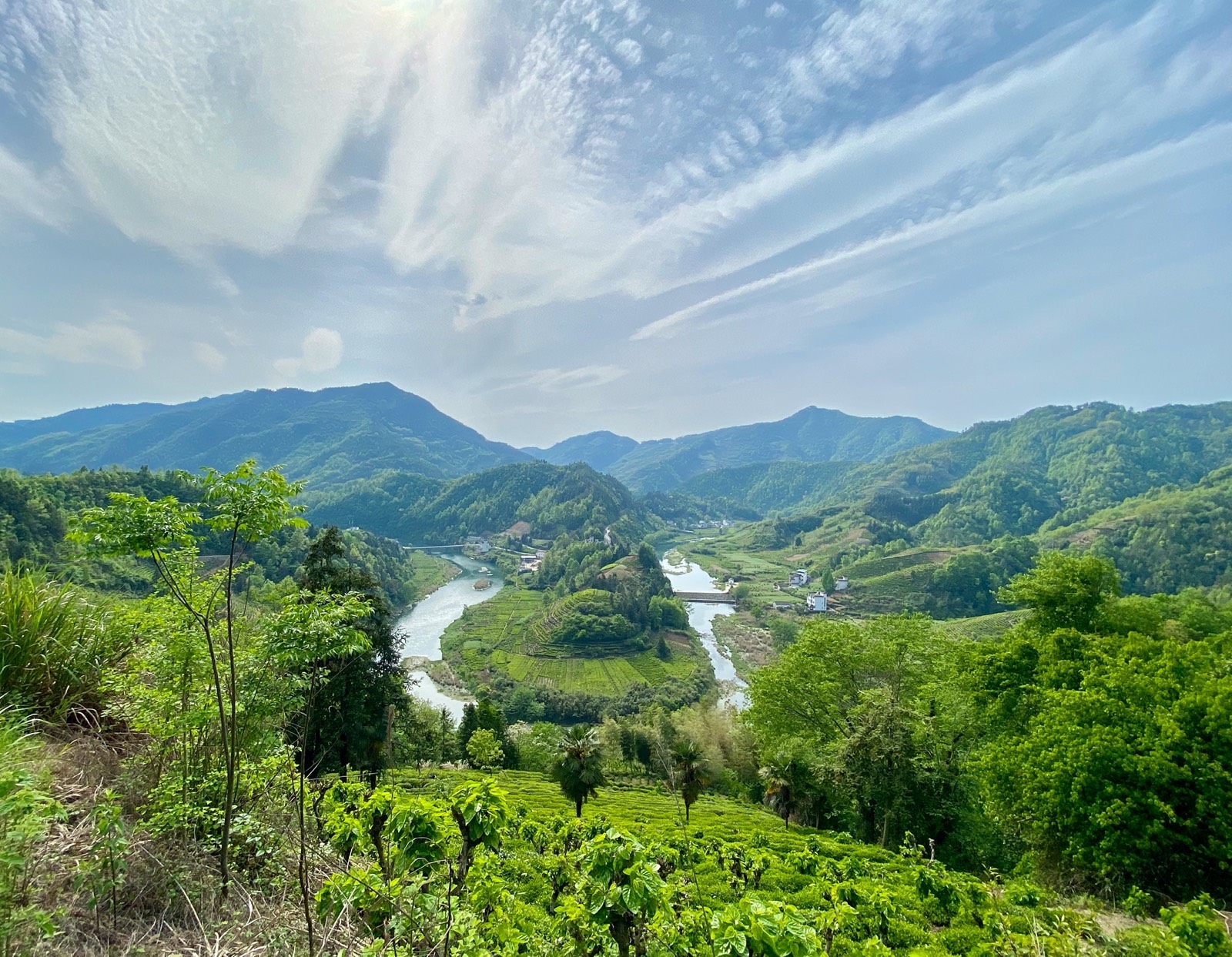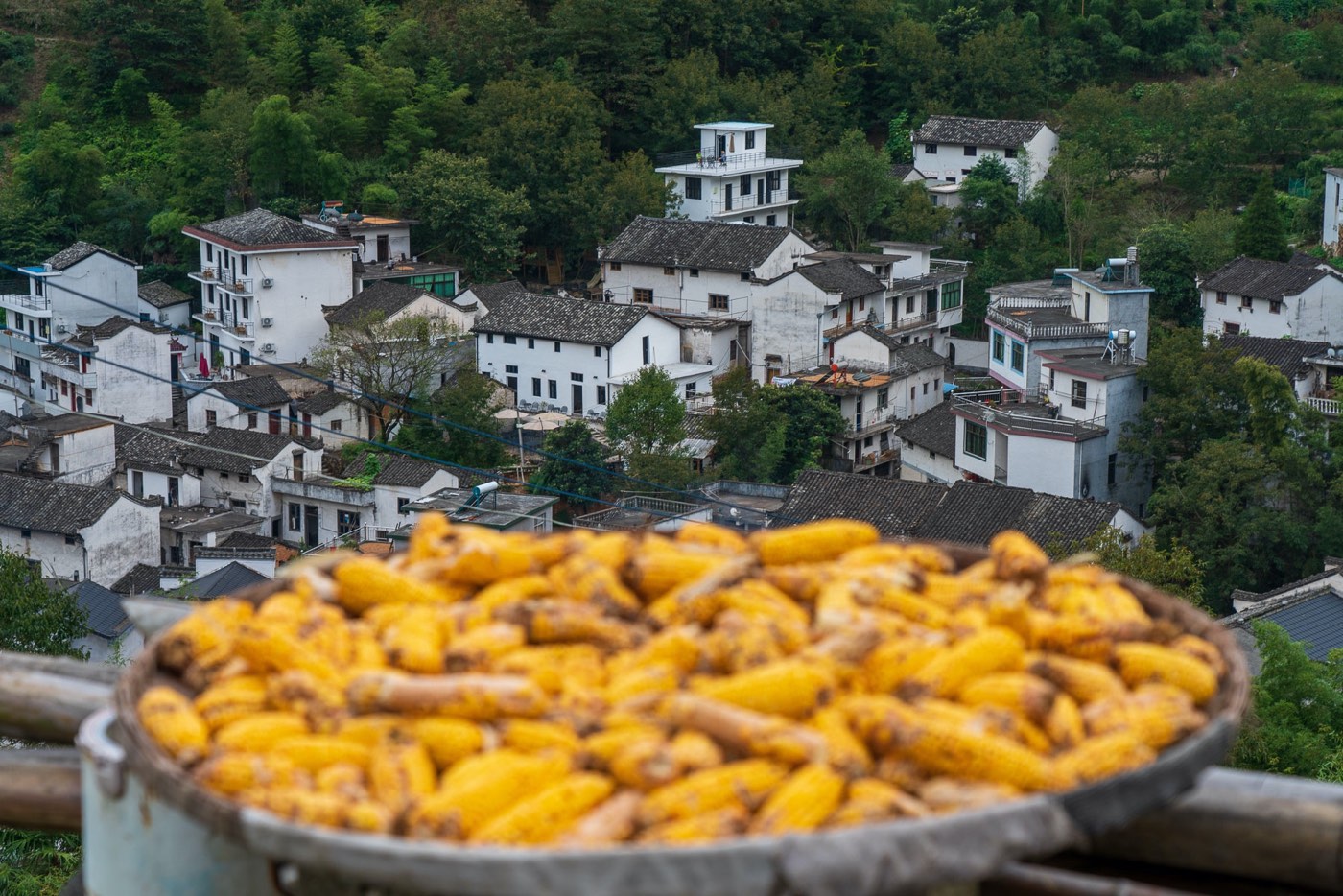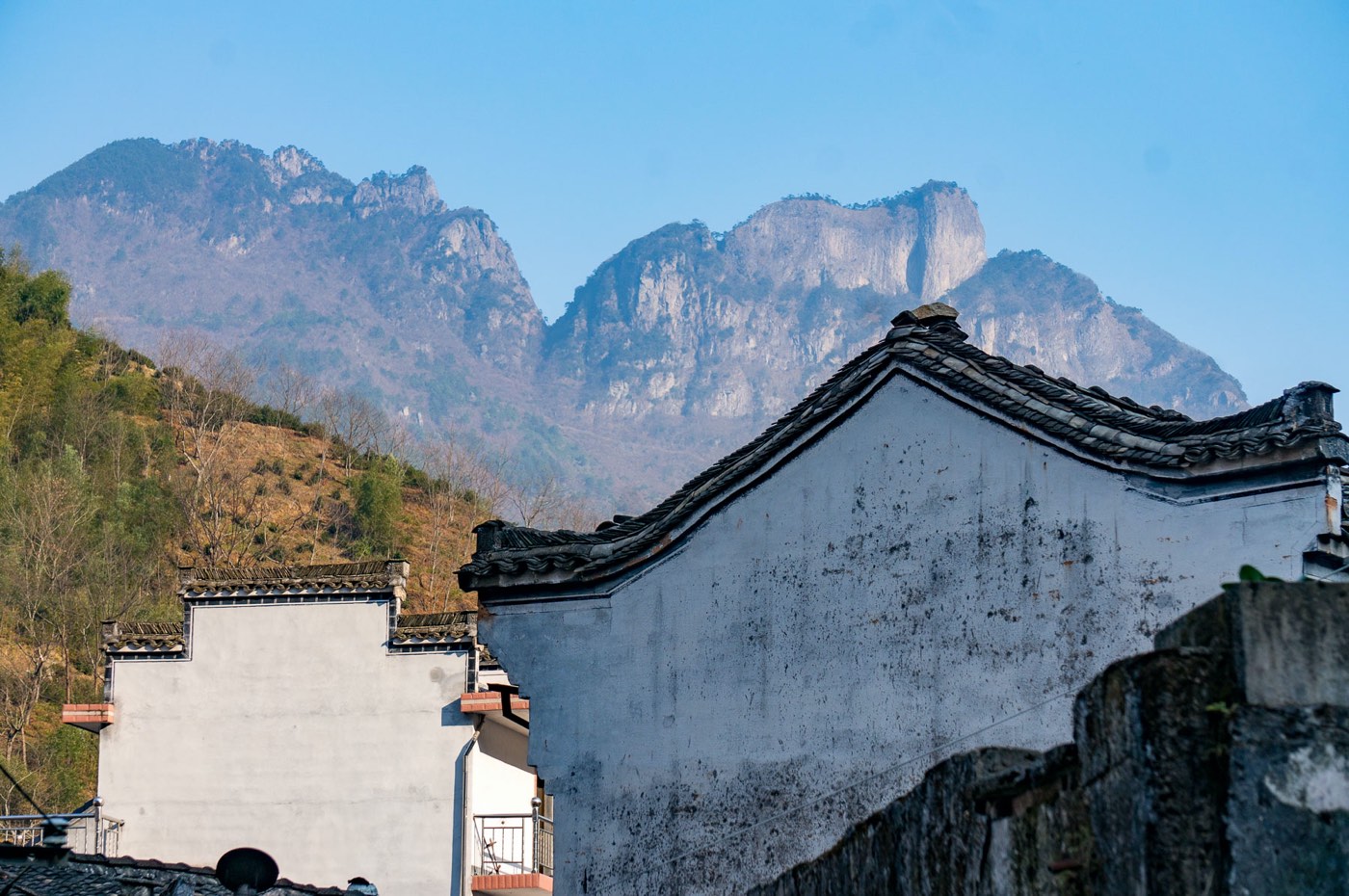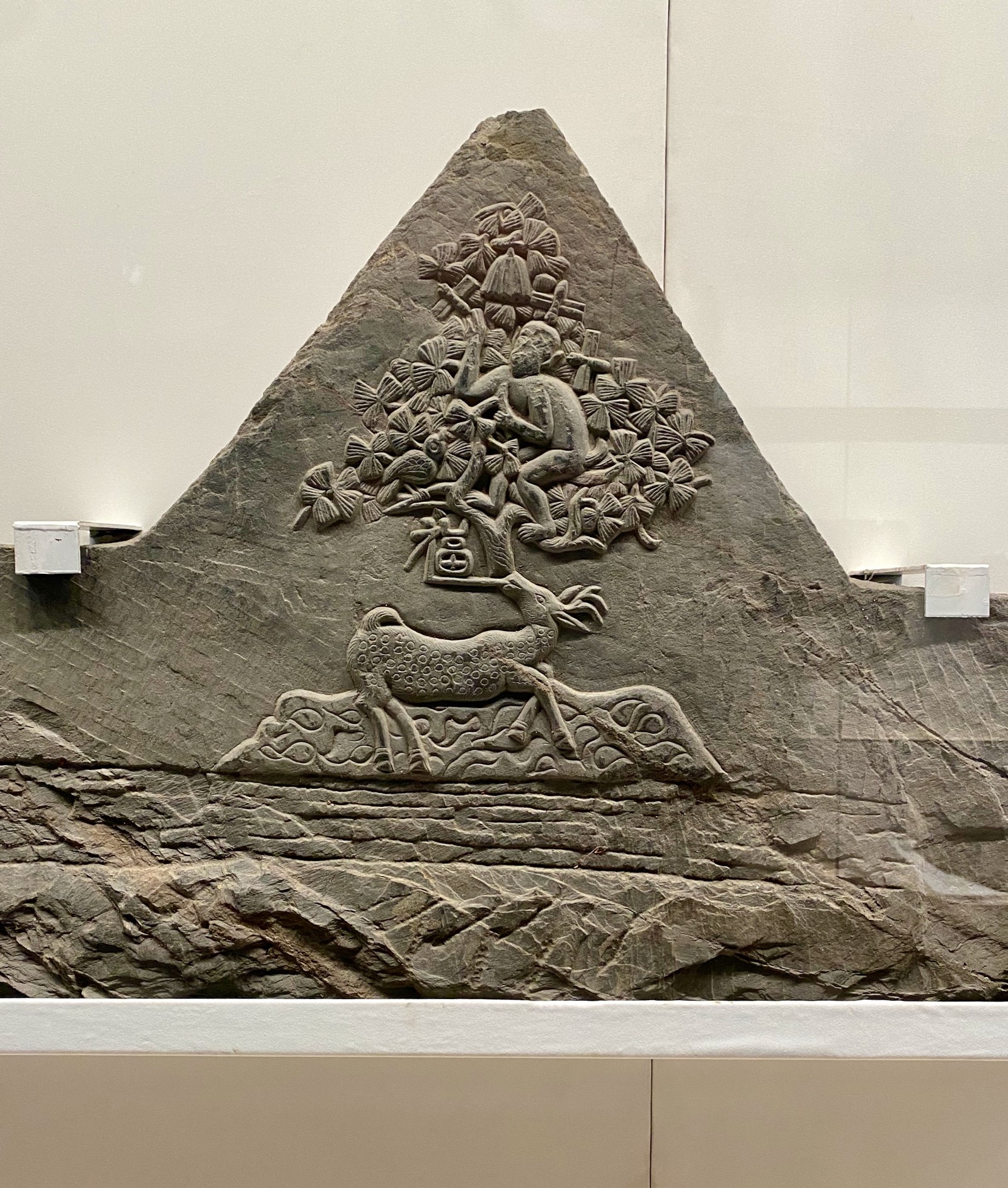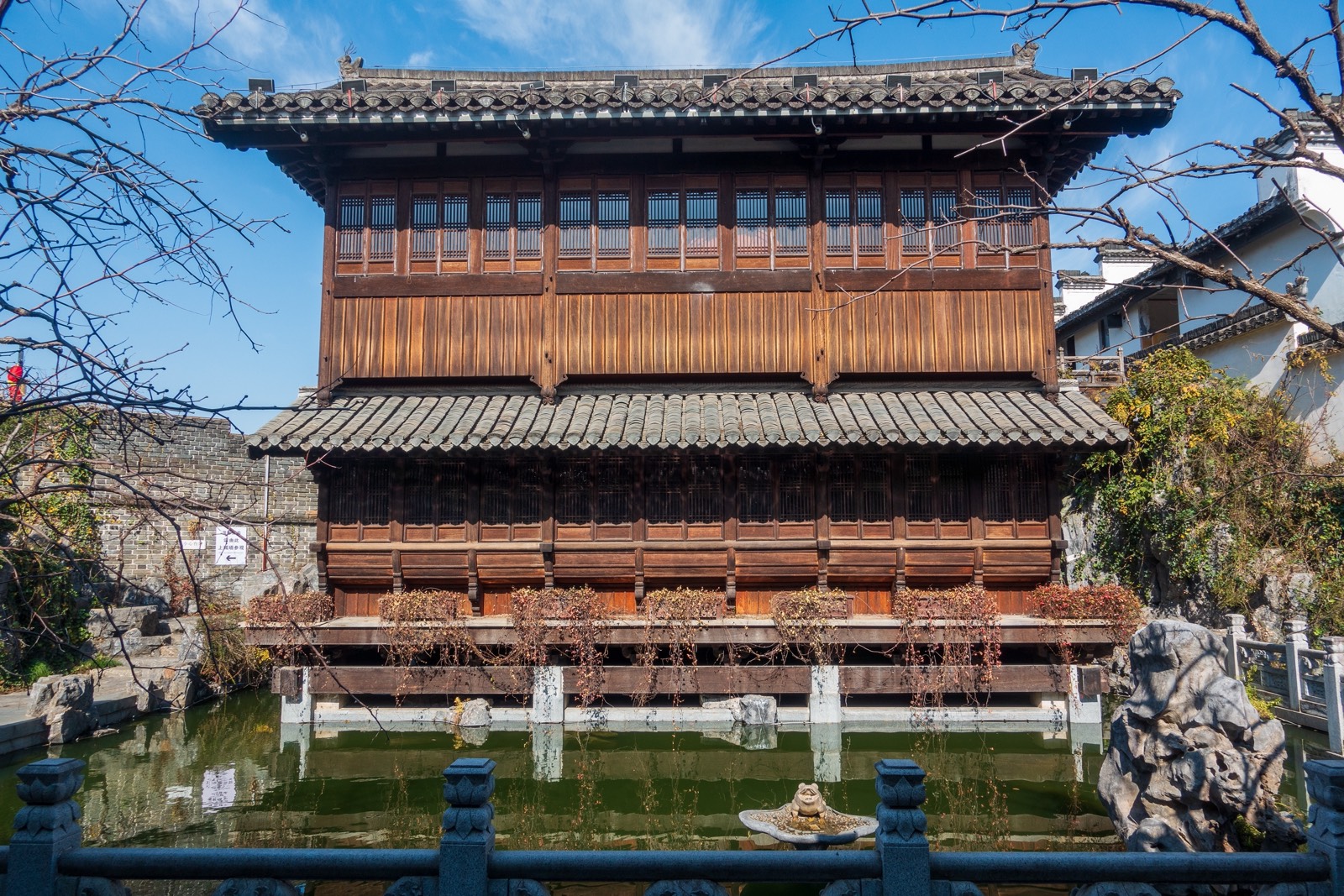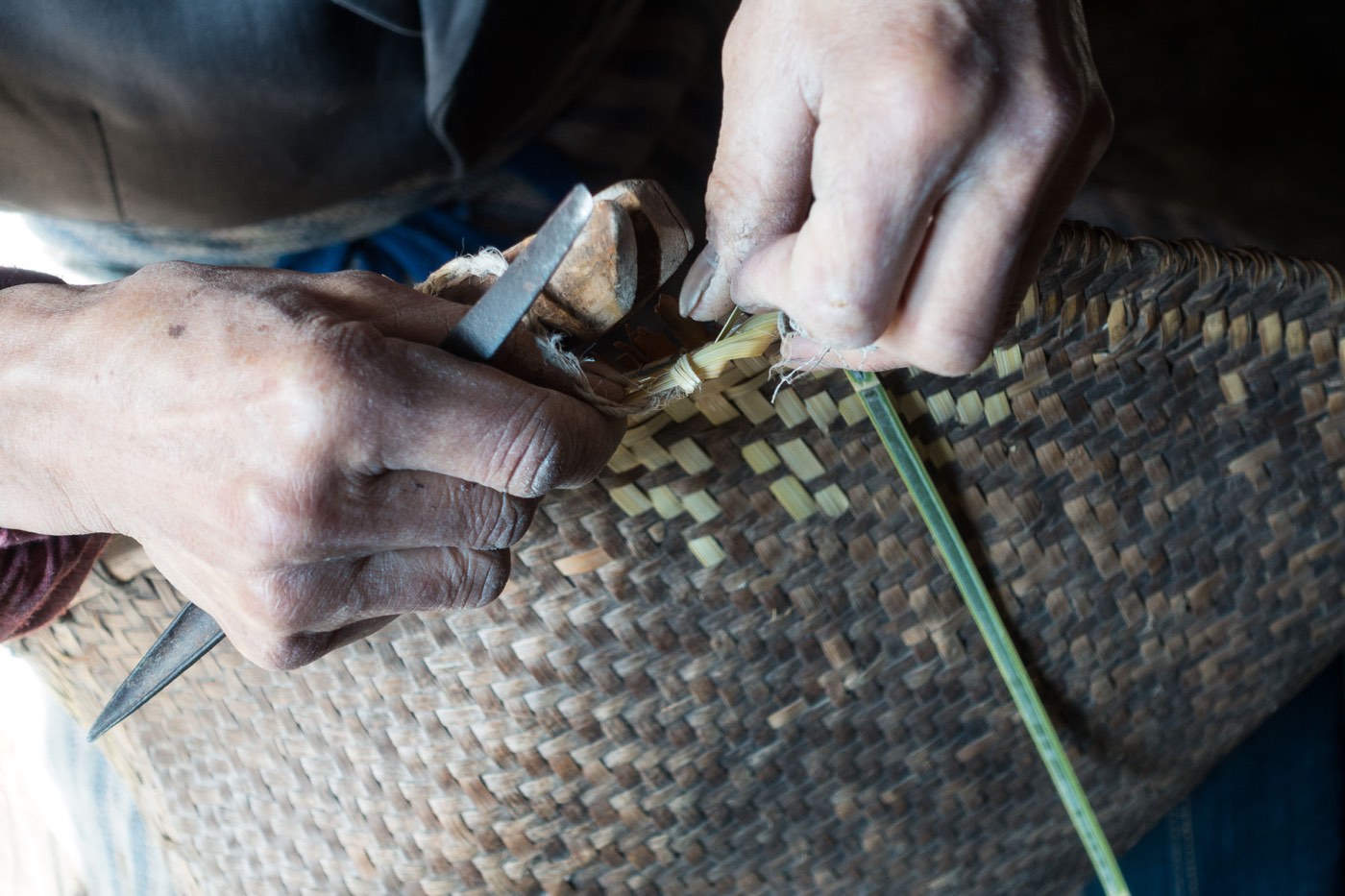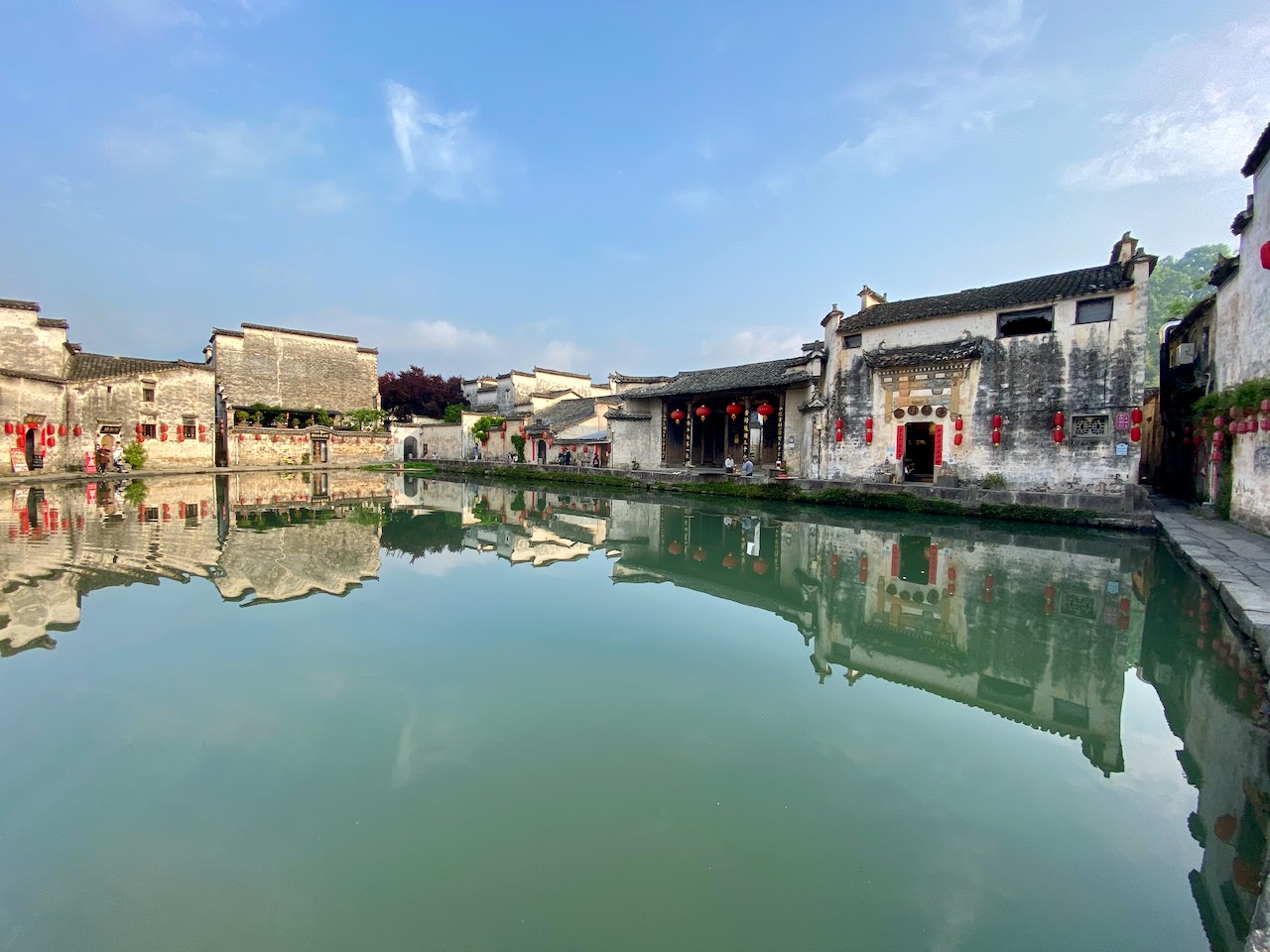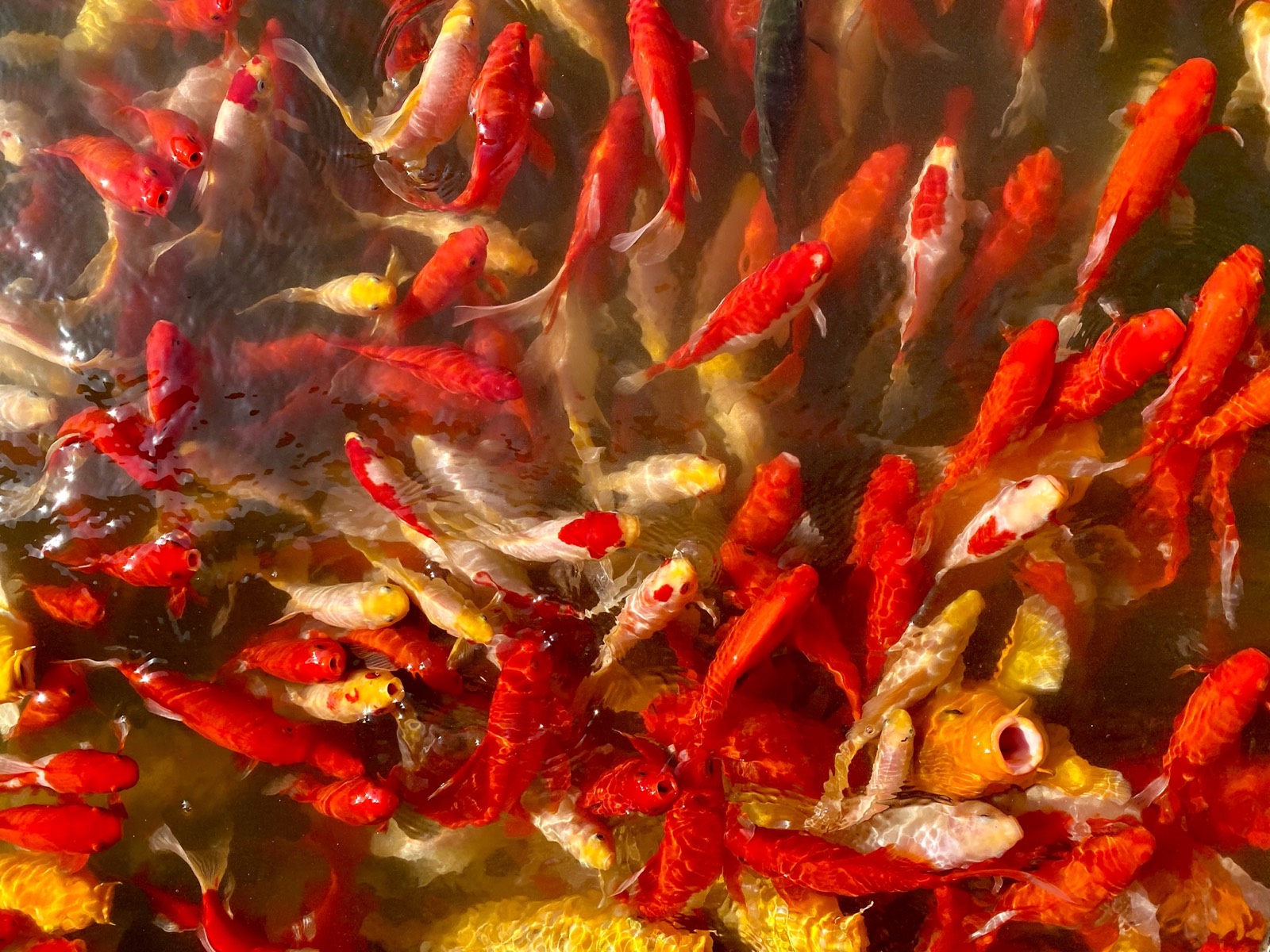Background
Yingchuan is a small village located on the HanYing river 7km northeast of Sanyang Town. Yingchuan is made up of about 200 households and was formed as a village proper in the Ming dynasty. The village was established as a base to the surrounding horseshoe-shaped hills. Traditionally to get there you would have to navigate up the gorge along the DaXi river, but nowadays it’s an easy drive or cycle ride up from the main road.
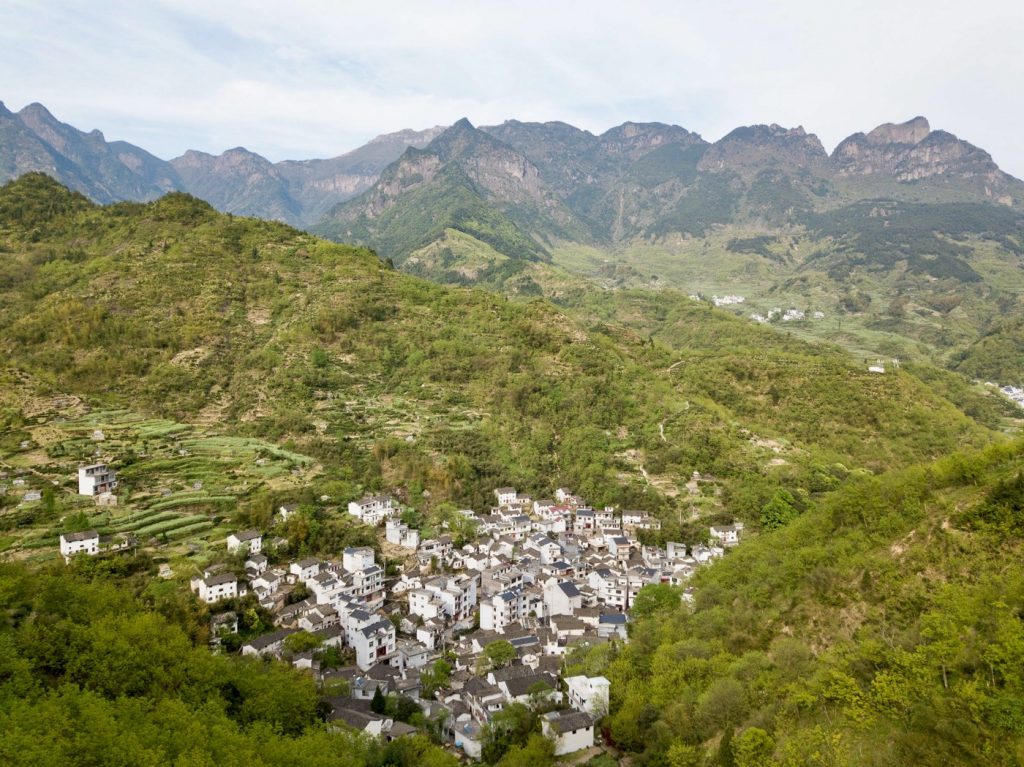
Today the village is half-forgotten and half developing. The younger generations have left for work and opportunities in the cities, leaving behind their homes, parents, and children. The place feels half occupied with grandparents and grandchildren but during harvest times and traditional festivals comes alive as family gather in their ancestral homes. Locals are trying hard to re-imagine the place, improve agriculture, small-scale industry, and infrastructure. Life is modernizing extremely quickly and development afoot however as is the norm, traditional skills are being lost along with some of the tractional cultural identity.
Yingchuan is made up of three central squares, the two main ones being connected by road. Most parts of the village are only accessible on small concrete narrow steep footpaths. The main square is on the HanYing river with a communal village hall called Bao Shan Hall at its center. Sprinkled around Yingchuan are our homestays and various ancestral homes, many of which have interesting stories bringing to life traditional Huizhou culture.
Yingchuan Village > Baishiyuan Village >> Sanyang Town >>> Shexian County >>>> Anhui Province
Map
History
The name of Yingchuan comes from the classic Chinese novel “The Water Margin”.
To suppress the peasant uprising led by Fang La, it is said that the troops led by Lu Junyi, passes through Lin’an, Changhua, and Yulingguan, then entering Huizhou. Lu fought with the Fang La army at Yulingguan. Fang La was defeated and retreated to Huizhou. Lu’s army chased and killed Fang La’s army all the way to Mopan Mountain (between Zhupu and Ye Village, opposite the Baishi intersection). Lu met Fang La with reinforcements in Yulingguan, so the two armies fought another battle in Mopan mountain. A struggle ensued as the two army’s fought desperately, Lu’s army defeated Fang La’s army. Fang La’s army went upstream along the Daxi river and hid in Baishiyuan. Lu’s army chased them to the corner of Yingchuan. In a basin surrounded by the four mountains, Fang La’s soldiers disappeared. Therefore, this small basin surrounded by mountains and water was named “hidden general pit”, It is said that these generals are “hidden” (here “hidden”, according to the local dialect, means the disappearance of gods); It is also called “Yingjiang pit”, which means the fortress where the hero General hides.
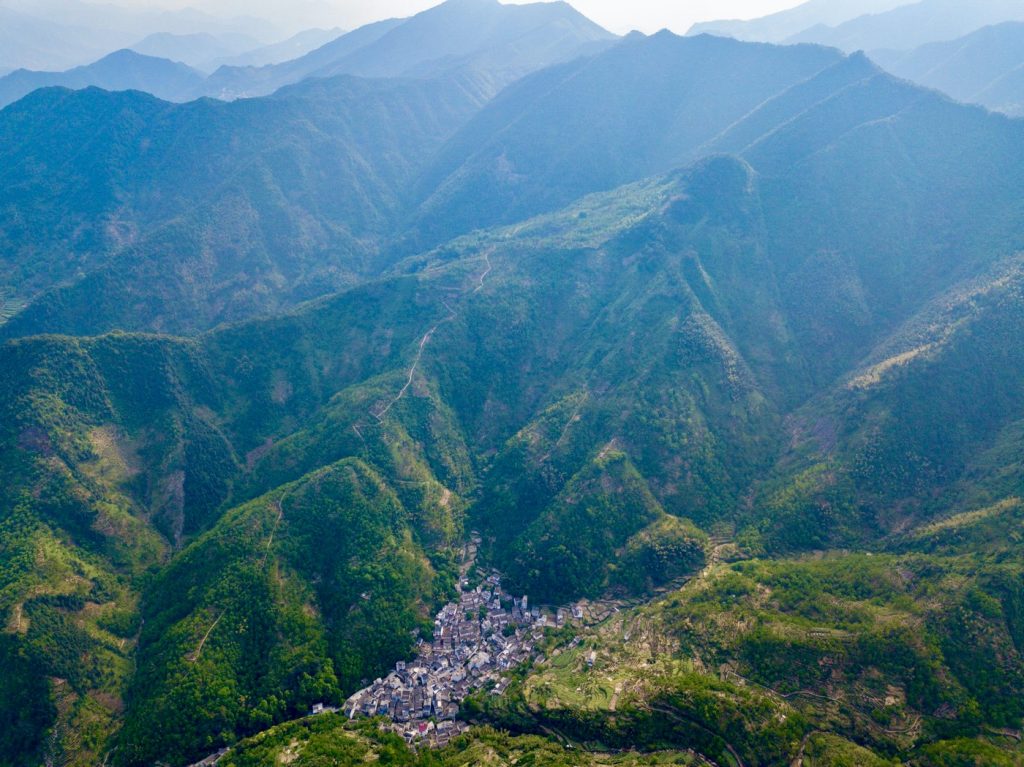
Lu Junyi was unwilling to return without success, so he searched the mountains closely. Finally, he found a large cave by the stream, seeing that the cave was extremely deep, the pursuers determined that Fang La must have escaped through the cave, which is called the robber cave (bandit/robber often being used to express someone as a loser) .
At the turn of the Ming and Qing Dynasties, Duke Shou Hong, moved from Sanyang and set up home in Yingchuan. Later, the Wang and Li clans were invited to move in, gradually forming a village of a notable scale. Thus it can be said that Yingchuan started as a proper village in the early Ming dynasty.
After liberation, the village was a place where the guerrillas of the army stayed for discussion and strategy, so it was renamed “Yingchuan”, which means heroic land. The ancient name of Yingjiang is still used widley by the locals. In history, there are three big pits and three small pits in Southern She county, Yingjiang pit is one of them.
You will notice most people have the surname Hong in the area! Wang is also popular. Both are old clans! Read below!
Historic places
There are various halls and ancestral homes that still survive to this day. Some are crumbling but some have been looked after by the old clan families and local government. Some of the architecture of note:
Yi Ben Hall
Yiben Hall is of Hui style architecture and located in the center of Yingchuan on the side of a hill. In front of the house is an open square of more than 300 square meters, which is used for important family activities and daily crop drying. There are stone steps on the left and right sides of the square (village roads have hardened and been covered with cement in recent years) leading to other areas of the village. The house was completed in the Jiaqing period of the Qing Dynasty, more than 200 years ago. Hong benmei (1770-1829), the owner of the house, was also a famous martial arts bodyguard of Huizhou merchants in Linan and around Zhejiang. He personally made the house design and Feng Shui site selection.
The plaque of “Bai Cao Fu Zi” on the lintel of the main gate of Yiben Hall says that when the owner Hong benmei was one year old when his father Hong Kaiyi died and his mother did not remarry. She was determined to bring up her children with painstaking efforts. The Qing government praised and rewarded the mother! The characters from the plaque “Bai Cao” meaning relates to “moral integrity to the past” and “Fu Zi” means raising children. After his husband died, his wife Cheng asked Hong benmei to study literature and martial arts, so he could develop in the direction of the imperial examination scholars and obtain fame. Later, due to his poor family, the scientific examination failed, and the martial artist became an escort bodyguard of a main Huizhou merchants’ caravan. At that time, he was famous in She county southern area and near Zhejiang. It is reported that there are few lintel stone carvings like “Bai Cao Fu Zi” in ancient Huizhou villages, and it is rare that Yiben hall is still preserved.

Today, Yiben hall is mainly used for local activities such as weddings and funerals. Especially on the first day of the first month of each lunar year, every family of the same clan; men, women, old and young, will bring cakes, candy, and other sacrifices to Yiben hall to offer sacrifices to all ancestors and also light incense and burn candles. In the small square at the gate, each family will set off firecrackers one by one. After the firing of the firecrackers, the people pray to the ancestral portrait of “taigongrong” hung in the building, remembering their ancestors, inheriting the family values of ancestral training, and it also warns the people to be grateful to their ancestors and never forget their ancestors when enjoying a prosperous life! Additionally, they pray for the spirit of ancestors in heaven to bless the world and prosper all people, Good health!
All the columns visible in the main hall were taken from a huge Chinese toon tree. It is said that in order to build the house, Hong benmei’s three sons (Chengchun, ChengPan and Chengcheng) cut the tree for a full month.
The house title of “Yi Ben Tang” is taken from the “Yi” and “Ben” in the names of Hong Kaiyi (1747-1771) and Hong benmei (1770-1829). They translate to “Educate future generations to behave and do things without forgetting their roots. Tang is Chinese for Hall or ancestral home!
Bao Shan Tang
Baoshan hall is located in the middle of Yingchuan village and also has typical characteristics of Huizhou ancient architecture. “White walls, black tiles, horse heads” with “four waters return to the Ming hall, and water(water in Fengshui means wealth) not flowing out” .
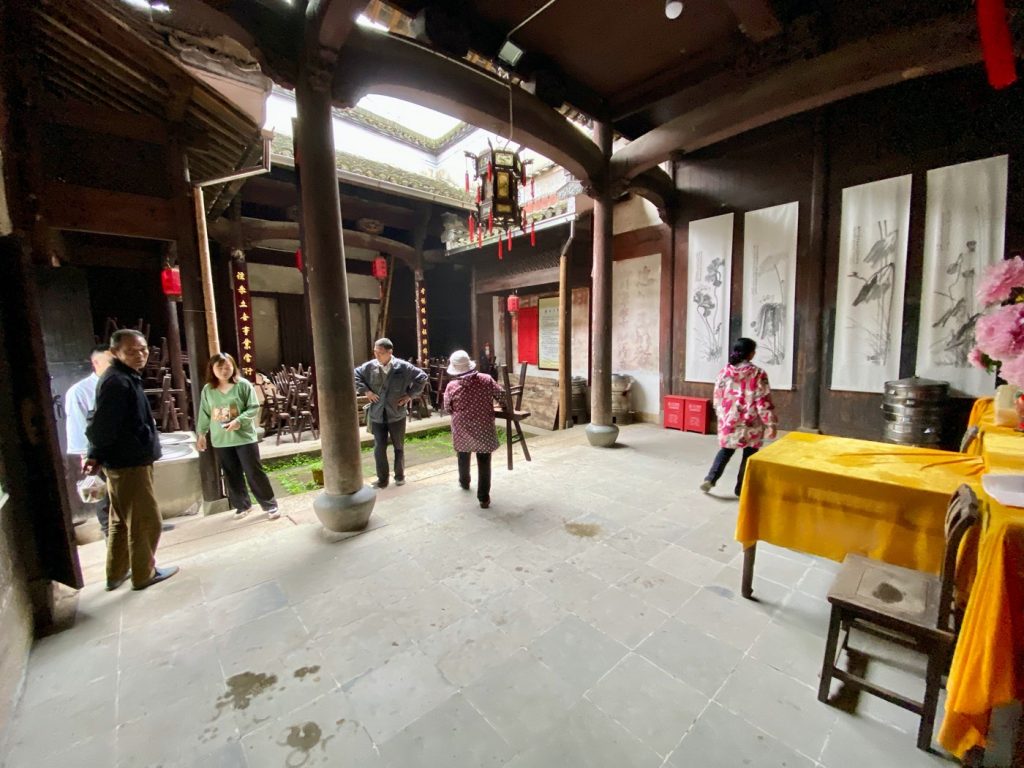
Granite steps, bluestone pillars and patios belong to the Mingtang (patio); The balcony window is decorated with beams and columns, and the plaque is based in the main hall. Pomegranates and grapes are carved on the pavilion, symbolizing the beautiful meaning of “more children and more happiness”. Looking up from the main hall, the large beam shows the momentum of an ancestral temple. After liberation, Baoshan hall was also the site of Baiyun Bao primary school. During the turbulent ten years, like many Hui style buildings, Baoshan hall was not spared from the “four old” movement and many exquisite carvings were lost.
Cheng Hua Hall
Built in the last years of Tongzhi Kui in the Qing Dynasty, Wang Hua was a scholar in the imperial examination and devoted himself to medical skills, he wanted to educate and teach, so he built this house for students to study. The house covers an area of 50.16 square meters and a construction area of 100 square meters. The door is a slate, and a large stone bar is placed against the wall for students and neighbors to rest. It is still in place. The house sits in the southwest and faces the northeast, with three floors.
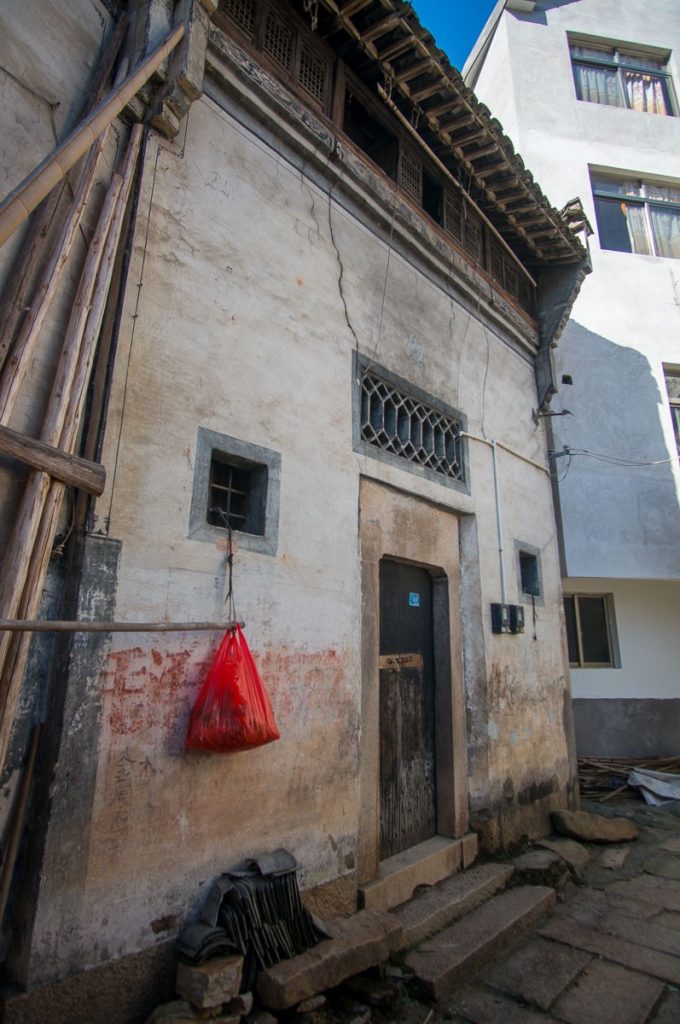
The front part of the house on the first floor is the main hall, and the back is connected with the kitchen; The second floor is the back room, one on the left and one on the right; The two rooms at the back of the third floor are used for teaching in the school. There is a teaching platform with a front 30 cm lower, which is convenient for students to read. Some 80years old locals in the village all studied here. Because Wang Hua’s son Zhu Xiang and grandson Yi lie, namely the great grandfather, grandfather and father of Hong shanmiao, the current owner of the house, are all teachers, they taught private schools for some time until the Republic of China and after liberation. Hong Zhuxiang was once the director of the farmers’ Association. His son Hong yilie was appointed as a foreign language teacher on October 1, 1949 until he retired in 1982.
Yongchang Hall
Built in the 16th year of Guangxu, Yongchang hall is located at the northernmost end of Yingchuan village, facing south. It covers an area of 78 square meters, with a building area of 220 square meters, two floors and ten living rooms (meaning perfect). Why was it located in this remote of a place back then? After the ancestor of the Wang family moved from Shiling to Yingchuan. The Wangs lived there for five generations, each generation of the family only had one child, but the Hong family had more than a hundred people in their family. Due to the guidance of Lord Wang, the Wang family chose to move to another location. The reason was that the location of Wang’s family was in conflict with the feng shui of Hong’s family, so he chose a quiet and elegant site with green mountains and beautiful water and named it Yongchang hall which means that generations will always prosper. Since moving to Yongchang hall, one the Wang’s married a member of the Hong family and gave birth to four sons and eight daughters. All of them got married and had many children and grandchildren.
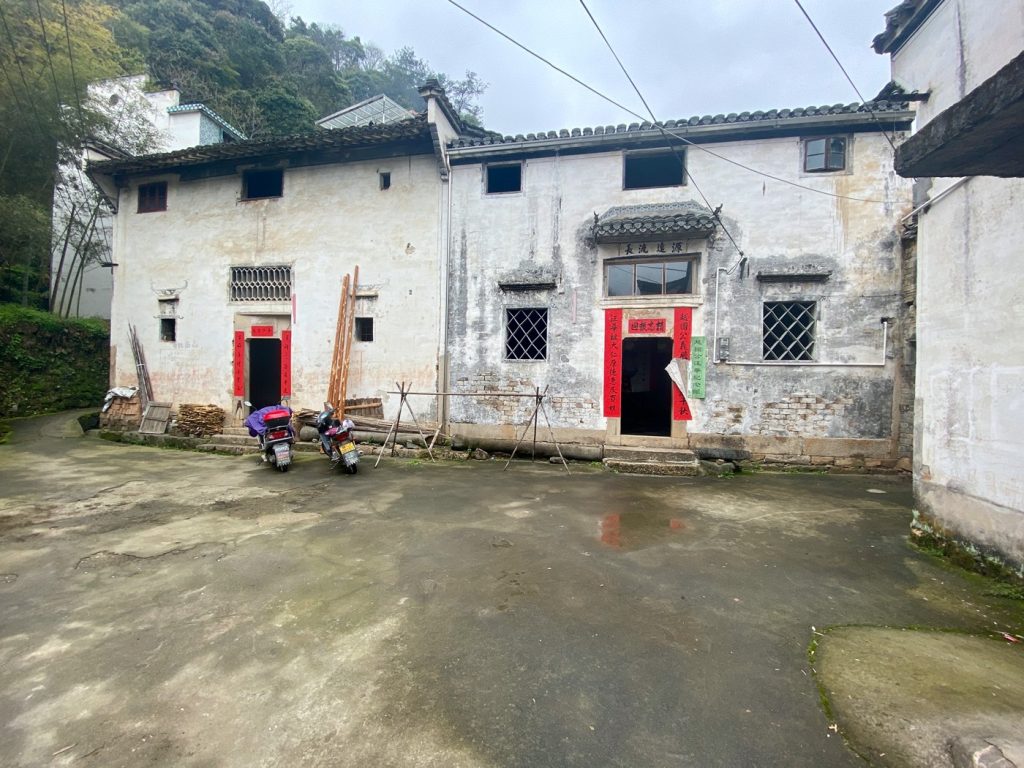
An emergency repair was carried out in 1990. The original gate no longer exists. Now, on the first day of the Chinese New Year, the descendants of the Wang family will bring cakes and fruits to gather together for worship to commemorate their ancestors and inspire future generations to respect the old and love the young and to pass on the good family style from generation to generation.
Yellow Guanyin temple
Located on the path up to the homestay the Yellow Temple started off as a tea factory and in 2013 it was built into this temple. Every Feb.19(Guanyin’s birthday) in the lunar calendar the temple receives the local Guanyin Buddha. On June.19(Guanyin’s accession day) the locals pray for Guanyin and on Sep.19 (Guanyin’s death) there are also prayers to Guanyin. Guanyin Buddha is currently kept in the temple.
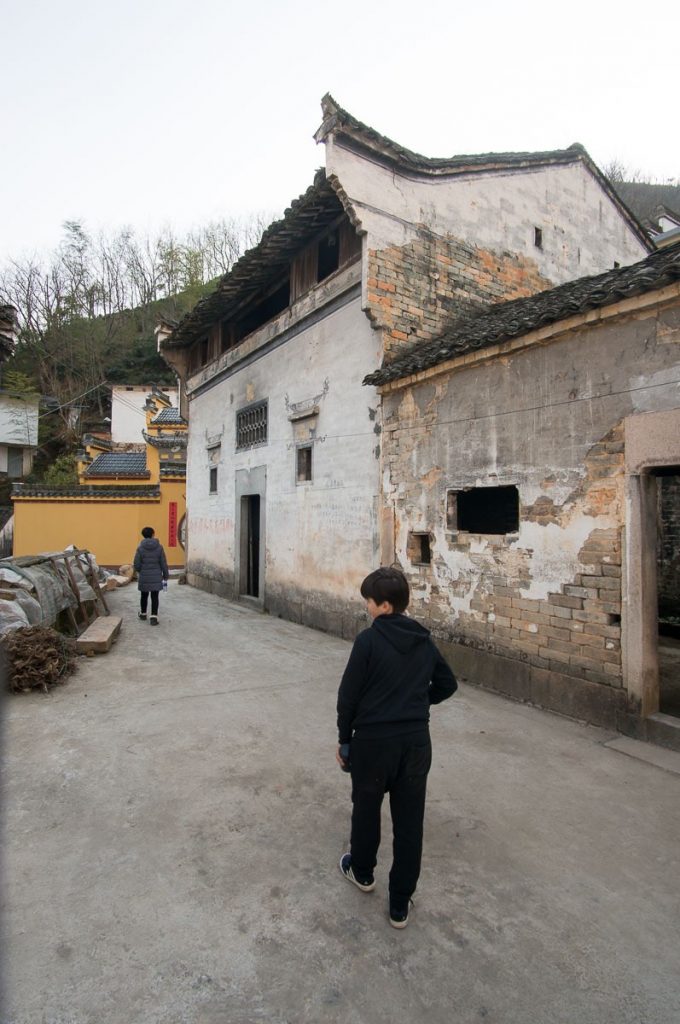
The Tragic Nun & Monk Temples
No longer existing but you can still find the rock foundations on two adjacent hills of around Yingchuan. We have asked the elderly locals and they say the two temples where around 300m2 on 3 levels. They housed 300-400 Buddhas. The outside was made of brick (not easy to get up into the hills) and the inside was wood. They were in a similar style to the Hangzhou Lin Yin temple. The temples faced each other, on the two sides of apposing mountains with striking views onto eachother.
To understand why these temples were built one needs to understand the “The local legend of the nun carrying the monk at the foot of Baishi rock”!
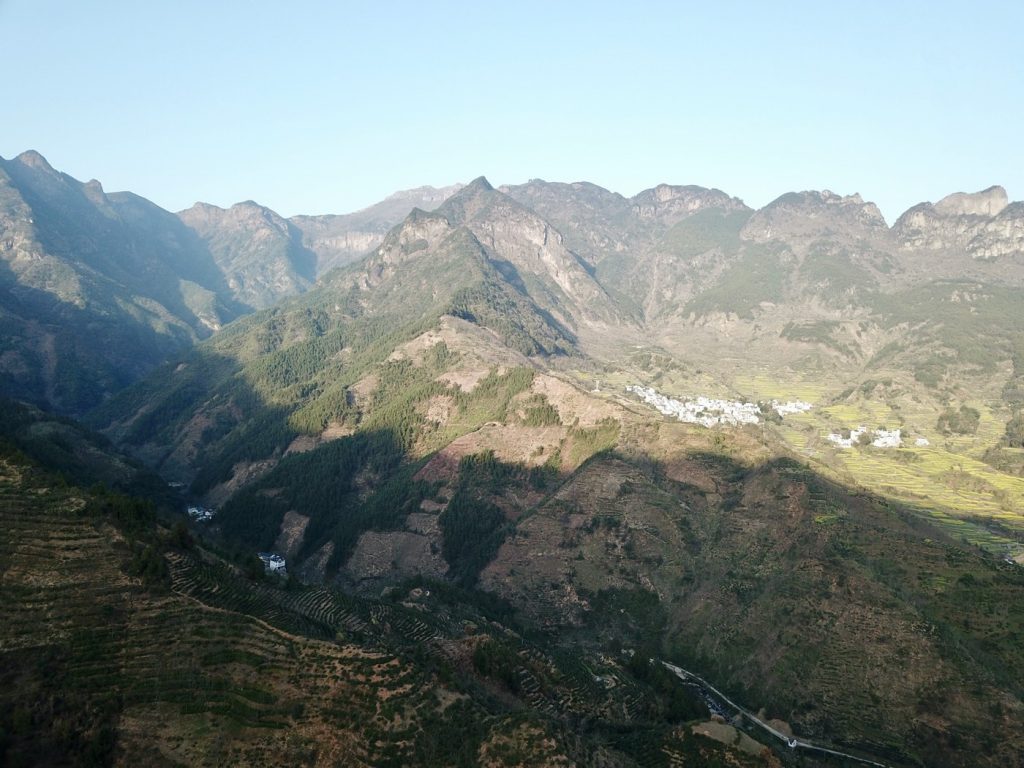
The old fable goes that a monk of Lingyin Temple in Hangzhou came to his uncle’s house to stay in Hutian mountain (the large hill to the west of us). He happened to meet a nun of Jiuhua Mountain with her disciples. The monk and one of the disciples gradually fell in love. After enjoying their time together, they returned to their sects and kept in touch with each other by letter. After some time, they were noticed by their masters. The masters agreed to meet at Hutian mountain to solve the matter. After arriving, the two sides complained and blamed each other which led to the fighting, and then to the sinking of Hutian mountain. Thereafter, the monk secretly eloped with the nun. When both sects found out, they sent sect disciples to hunt them down. The monk and nun fled and finally escaped to Shangtan village however they were seriously injured. The nun fled carrying the monk on her back but was caught by the sect at the BAISHIYAN cliff. In order to not to be separated from each other, the nun jumped off the cliff with the monk still on her back. The God of the heaven was so touched by this, so they turned into stones and stood at the bottom of Baishi cliff. Up to now, there is a large stone statue similar to a nun carrying a monk, at the bottom of Baishi cliff. Later, because of traditional customs, monks and nuns could not be together, the local villagers established a monk temple in Shangtan and a nunnery in Jinzhutou, Yingchuan to commemorate them. Later, during the cultural revolution, the two temples were destroyed. Unfortunately, no photos have been preserved but we are asking the older locals for information on what they looked like so we can get some artist’s reconstructions done.
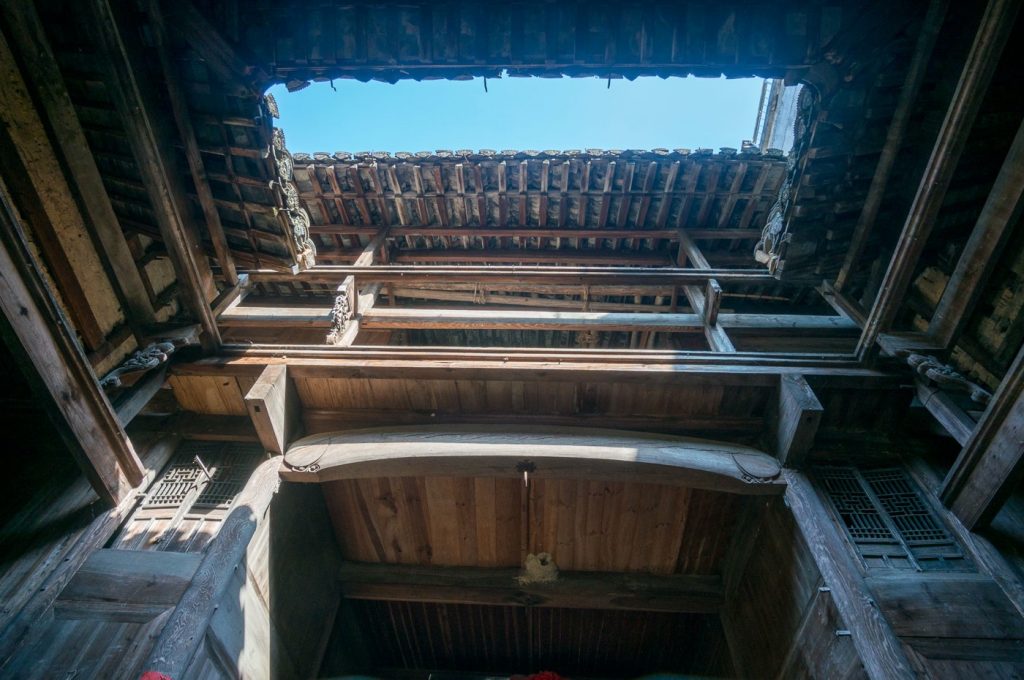
Historic Culture & Festivals
There are various local festivals set at different times of the lunar seasonal calendar.
A key one is tied around the Guanyin and is still an important date in the calendar for the locals.
“Receiving Guanyin” as its called is a local traditional folk activity, which originated in the late Ming Dynasty and has a history of nearly 400 years. It is said that in the 14th year of Chongzhen of the Ming Dynasty (1641), a large area of drought and famine occurred in ancient Huizhou. In order to pray for God’s protection, the villagers of Baishiyuan village spontaneously built a Guanyin Pavilion and started the annual activity to receive the Guanyin Bodhisattva on June 19 of the lunar calendar. This activity carried on but was briefly interrupted during the breaking of the four old and the cultural revolution, and the Guanyin Pavilion was artificially damaged. Fortunately, the statues of “Guanyin” and “boy” were well protected by some of the local villagers, preserved and gradually the event was resurrected. Due to its long history, the activity of “receiving Guanyin” had a wide impact in the area, radiating south of She County and adjacent Jixi and Lin’an, Zhejiang. Before the event, every family should clean the front and back of their house. The people who receive Guanyin should take a bath. On this day, the whole village eats vegetables to express their great piety for the event.
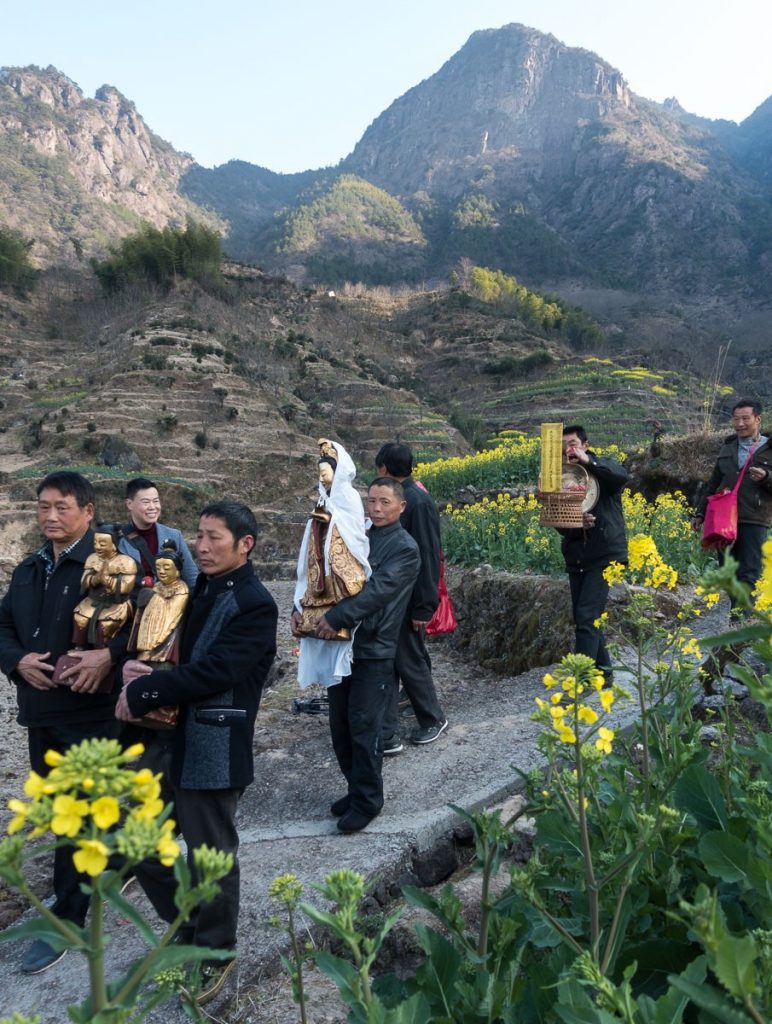
For hundreds of years, Yingjiang pit in Baishiyuan village has been divided into “big reception” and “normal reception”. Every leap year, there will be a big reception. The so-called big reception means that there are a large number and large scale of honor guards, and there are local dramas in the honor guard. Pray the God of wealth and other programs. At the same time, Guanyin opera will be performed in the village.
Like other folk cultural activities in Huizhou, “receiving Guanyin” also has a set of rigorous procedures, strict rules, unique props and a large roadshow, which are quite ornamental, loud and full of life!. Its well worth visiting our area during this time to see the local festivals. They are not touristy and the locals are very welcoming. Its great to see these historic traditions being passed down and kept alive.
